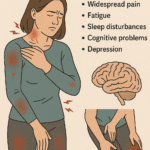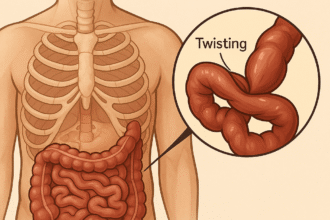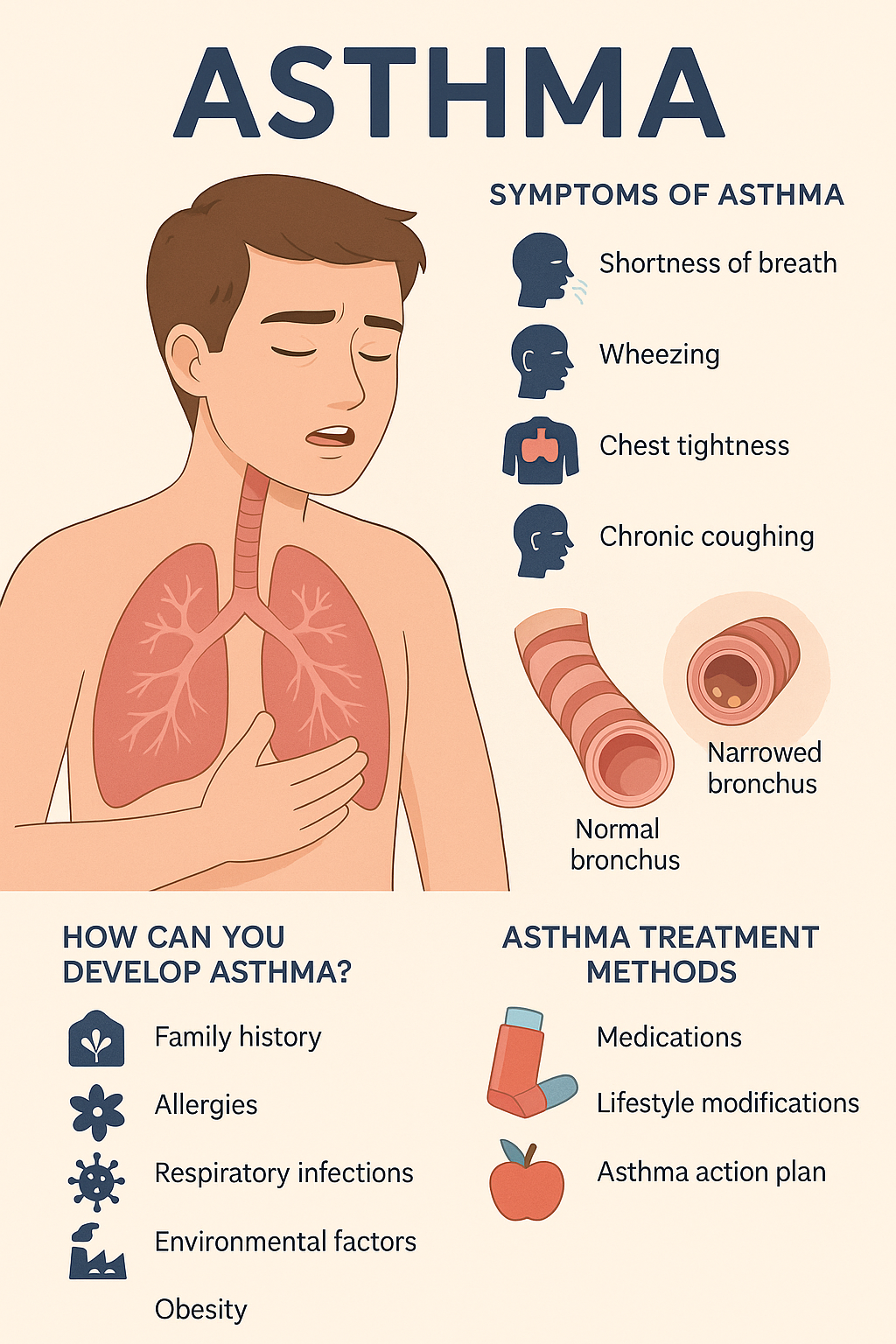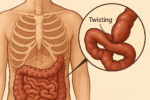Transmissible Spongiform Encephalopathy : A Silent and Fatal Brain Disorder🧠
1. Overview
Transmissible Spongiform Encephalopathies (TSEs) are a group of rare, progressive, and fatal neurodegenerative diseases that affect the central nervous system. Their hallmark feature is a sponge-like appearance of the brain tissue due to microscopic holes. TSEs are caused by prions, which are misfolded proteins capable of inducing abnormal folding of normal proteins in the brain.
These diseases affect both animals and humans in different forms. In animals, the most known form is Bovine Spongiform Encephalopathy (BSE), also known as mad cow disease, while in humans it is known as Creutzfeldt-Jakob Disease (CJD).
2. What Are the Symptoms?
Symptoms of TSEs worsen over time as brain and spinal cord damage progresses. While symptoms can vary depending on the type of disease, common signs include:
Neurological Symptoms:
-
Coordination problems (ataxia)
-
Muscle stiffness or involuntary movements
-
Muscle weakness or spasms
Psychiatric Symptoms:
-
Personality changes
-
Depression, anxiety
-
Hallucinations
-
Rapid cognitive decline (dementia)
Other Symptoms:
-
Difficulty speaking or swallowing
-
Insomnia
-
Visual disturbances
-
Confusion or coma
3. Types and Causes
👤 TSEs in Humans:
-
Sporadic CJD (sCJD): Most common form, with no known cause
-
Variant CJD (vCJD): Linked to consumption of BSE-contaminated beef
-
Genetic CJD: Caused by inherited mutations in the PRNP gene
-
Kuru: Historically found in Papua New Guinea due to ritual cannibalism
-
Fatal Familial Insomnia (FFI): A hereditary disease causing sleep loss and degeneration
🐄 TSEs in Animals:
-
Bovine Spongiform Encephalopathy (BSE): Affects cattle
-
Scrapie: Affects sheep and goats
-
Chronic Wasting Disease (CWD): Found in deer and elk
-
Transmissible Mink Encephalopathy (TME): Occurs in farmed minks
4. How Is It Transmitted?
Prions are highly resistant to heat, radiation, and disinfectants. Transmission can occur through:
-
Consumption of contaminated meat products (especially brain or spinal cord tissues)
-
Surgical instruments (if not properly sterilized)
-
Organ transplants or blood transfusions
-
Genetic inheritance (in familial forms)
5. How Is It Diagnosed?
A definitive diagnosis is often made post-mortem, but several tests can help support the diagnosis during life:
-
MRI Scans: May show characteristic brain changes
-
EEG: Reveals abnormal brain wave patterns
-
CSF Tests: Presence of 14-3-3 protein in cerebrospinal fluid
-
Genetic Testing: To identify PRNP gene mutations
-
Brain Biopsy: Risky but may provide a definitive diagnosis
-

6. Treatment Options
Unfortunately, there is no known cure for TSEs. Treatment is focused on symptom relief and supportive care:
-
Medications for pain and muscle spasms (e.g., anticonvulsants, benzodiazepines)
-
Antidepressants for mood symptoms
-
Nutritional and respiratory support
-
Palliative and hospice care
7. Where Is It Most Commonly Seen?
The prevalence of TSEs varies depending on the type:
🌍 In Humans:
-
Sporadic CJD: Occurs worldwide, approximately 1–2 cases per million people annually
-
Variant CJD: Most common in the United Kingdom, France, and parts of Europe (especially during the 1990s BSE outbreak)
-
Kuru: Historically found in Papua New Guinea, now nearly eradicated
🐄 In Animals:
-
BSE: First identified in the UK (1980s–1990s)
-
Scrapie: Present in Europe and North America
-
CWD: Increasing in deer populations in the United States and Canada
-
TME: Detected in mink farms in North America

8. How Can It Be Prevented?
-
Banning the use of brain/spinal tissues in animal feed
-
Strict veterinary surveillance and quarantining
-
Specialized sterilization methods for surgical equipment
-
Screening of blood and organ donors
-
Genetic counseling for families with known PRNP mutations
🔚 Conclusion
Transmissible Spongiform Encephalopathies are rare but deadly diseases that remain a challenge in modern medicine. Food safety, hygiene protocols, and public awareness are critical in preventing outbreaks. While no cure exists, early detection and supportive care can improve quality of life for affected individuals.
Don’t forget to check our page for similar and different diseases or treatments.
What Causes Arm Pain and How Is It Treated?









